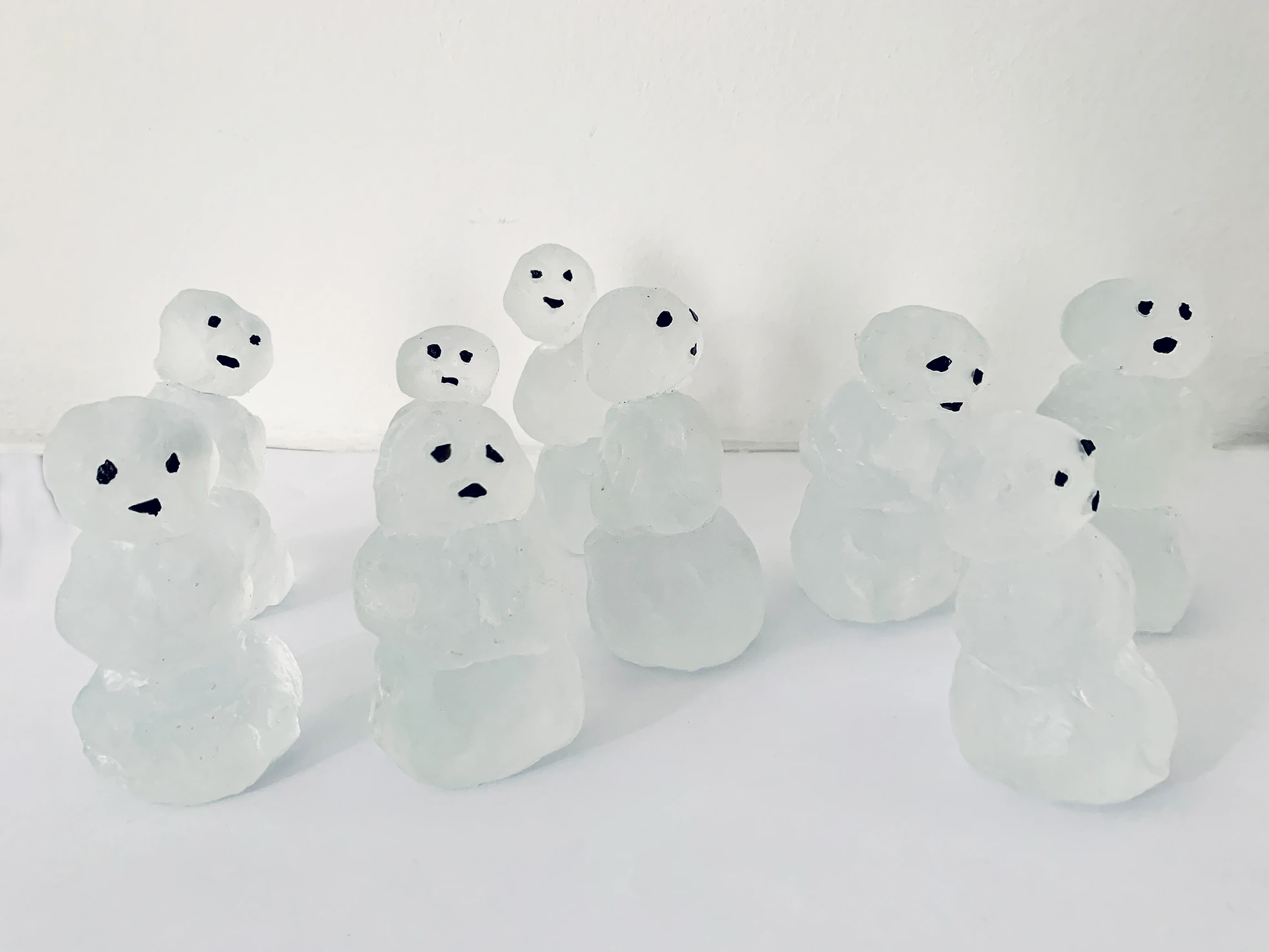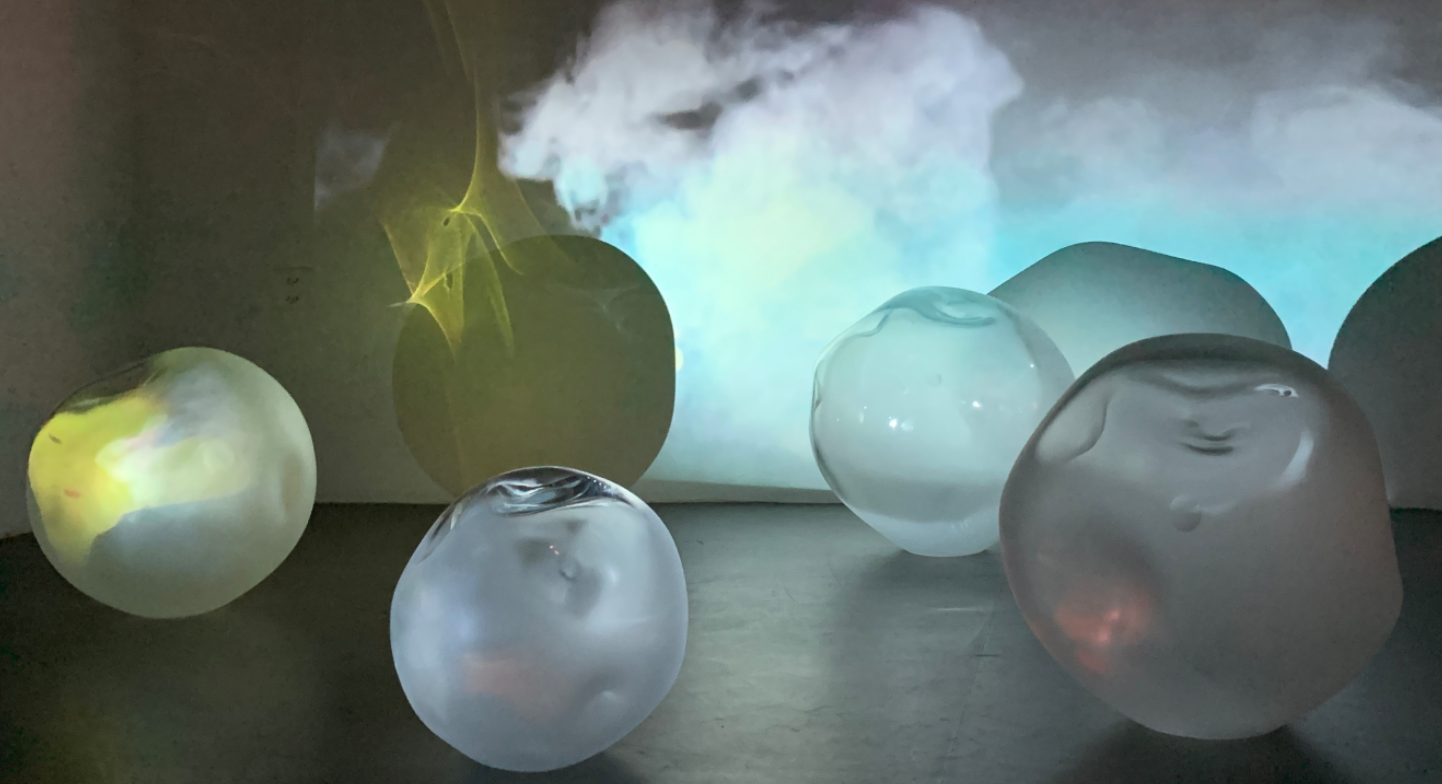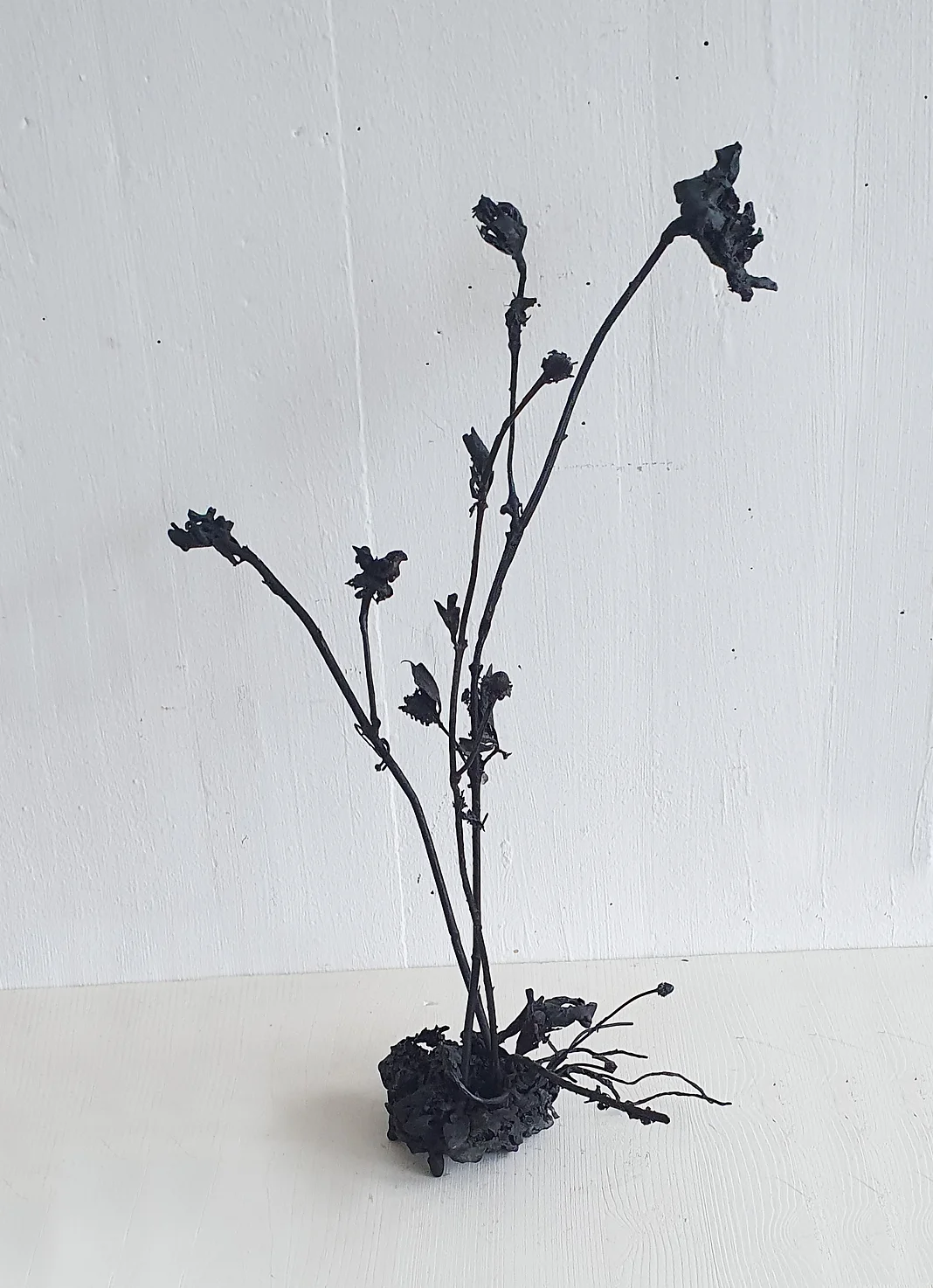
| Period| | 2024.01.27 - 2024.03.02 |
|---|---|
| Operating hours| | 10:30 - 18:00 |
| Space| | Tang Contemporary Art/Seoul |
| Address| | |
| Closed| | Sun, Mon, Public Holidays |
| Price| | Free |
| Phone| | 02-3445-8889 |
| Web site| | 홈페이지 바로가기 |
| Artist| |
Ursula Palla
|
정보수정요청



|
|
Exhibition Information




Tang Contemporary Art Seoul is delighted to present a solo exhibition of Swiss artist Ursula Palla, who presents a unique perspective on nature, human, and media interactions from Jan 27 – Mar 2, 2024. Renowned for her poetic sculptures, media art, and experimental use of video, Ursula Palla has consistently captured attention since the 1990s. Her focus lies in documenting the ephemeral beauty of nature, the delicate fragility of transient elements, and the poignant restoration of what has been lost. Through her artistic lens, Palla invites the audience to engage in profound contemplation, offering both artistic experiences and critical perspectives on the dynamic changes and conflicts unfolding in modern society.
The Moon in My Pocket focuses on the complex relationship between nature and humanity, exploring themes such as freedom, belonging, and reproducibility of media in multiple layers; The message delicately conveyed creating a nuanced and thought-provoking narrative.
Plants cast in bronze exist in an untrimmed space with their roots exposed. The video projected onto Empty Garden 3, reminiscent of a field that is not cultivated as if it were abandoned, expands this wild space, and creates a new space by overlapping it with wild plants. The swaying movement of the plants in the video contrasts with the sculpture made of bronze, emphasizing the space in an imperfect state and the appearance of nature. Palla invites the audience to this empty garden, where the audience experiences a space that breaks the boundary between reality and virtual by walking between the empty bronze plants. In a space filled with poetic density in which real and virtual spaces overlap, she maximizes the gap between the garden cultivated with selected plants representing utopia and the wild field that is realistic but not cultivated by humans. Through this compelling work of art, Palla questions the concept of a cultivated garden, the existence of nature, and what lies behind the concept of nature.
Weed, a wild plant can also be found in Herb and Weeds series. These plants in most cases are not welcomed in gardens. However, weeds are an essential in terms of biodiversity since they nourish the ground and provide a habitat for insects. These works cast in bronze, symbolizing eternity, go beyond the concept of repetitive seasons and the fleetingness of weak existence. The roots exposed out of the soil remind us of the existence of life thriving beneath the soil, prompting contemplation on the importance of nature, soil, and the often-underestimated significance of wild plants in fostering biodiversity.
The motifs of animals and plants are often found in Palla’s works. This exhibition includes Empty Garden 3, Herb and Weeds series, Birds 3, and The Horse. The swan in Bird 3 is projected onto the wall with plaster casted feet extended forward. The visually fascinating swan represented by plaster and video is different from the actual swan. This tension between the real and the virtual illuminates the superficiality of beauty created by artworks.
Tension created from animals in the video is further emphasized in The Horse. The horse in this work must run in place on the treadmill and adapt to the changing rhythm of the machine. By showing how a horse inevitably falls and leaves the structure, the work symbolically captures how animals are alienated from the human environment and critically examines the complex relationship between humans and animals.
Palla's thematic exploration extends to the realms of nature, culture, animal, human, and media interaction. Furthermore, she explores philosophical thinking behind complex societies based on her focus on modern society and cultural heritage.
Videos reflected on the white book, The Book, shows letters she sent to settle in different European cities. Each video is stopped and disassembled by the act of turning the page. The pieces of letters that scatter on white screen become a collage of images and sounds, symbolizing the difficulties and disconnects of immigrants who had to face frustration from language barriers and lack of cultural communication.
Palla got inspiration from a story of a woman in Shanghai to work on Thousand 2. The woman has been saving money under her mattress, and after a while, she realizes that all of it is gone. The money was probably eaten by ants and beetles. Through this story as a metaphor, Palla delivers unstable human achievements in the face of nature through multiple monitors. The sequence, divided by multiple channels of videos, shows the decomposition of money, and forms a virtual hill of ants.
The video projected under the moonlight flashes across the surreal landscape. The Moon in My Pocket. As if dancing, clothes, and fragmented fabrics fly, get caught on branches, fall on the floor, wander through a desolate landscape, and eventually disappear. In situations that seem to be out of human control and disorderly movements, Palla recreated the reality of being out of control by environmental change and pollution as wasteland that can be seen in science fiction movies. She left the bones of a tree symbolizing regeneration to suggest a new beginning, evoking consideration, and effort to protect the environment and sustainability and opening possibilities in this space of decline and extinction.
Snow People with various emotions captures attention with its friendly appearance, showcasing the diversity of the society and various human emotions. This work, in the form of ice and snow, visually reveals the complex and diverse emotions and inner aspects of society. It induces audiences to contemplate the diversity of social emotions regarding global warming and environmental issues. Her artwork serves as a poignant catalyst for contemplation, encouraging viewers to ponder the current state and future trajectory of our environment.
Ursula Palla, who presents critical views on modern society and communicates with the audience through aesthetic experiences, provides the audience with new perspectives and thoughts by bringing important themes of modern society into the work. Through this very first solo exhibition in Korea, Palla suggests the audience to get engrossed in the beauty of works and join in the time of thought provided by the works with a new perspective.
(Source = Tang Contemporary)
